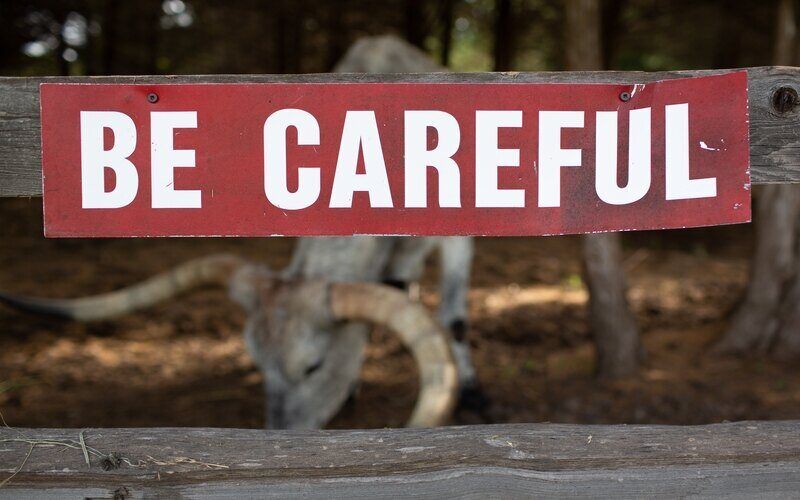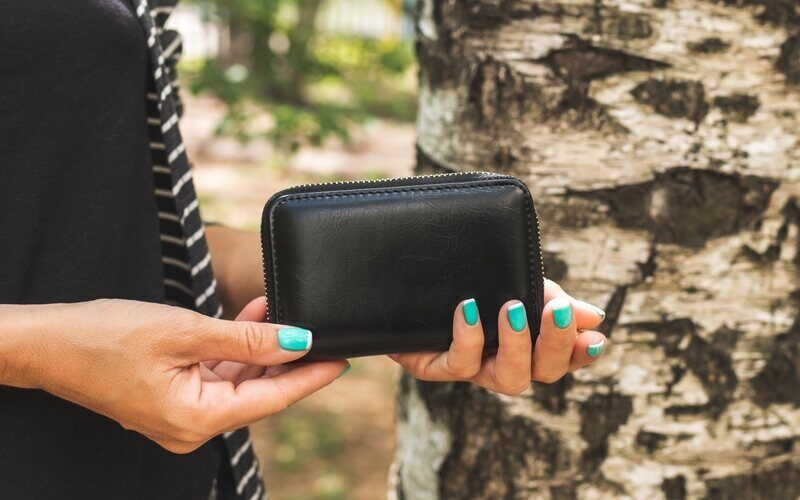The S&P/ASX 200 was down 3.7% through the day, the most significant drop since May 2020 at the height of the pandemic.
On 1 August, the index was at an all time high, but started to nosedive on Friday, and opened on Tuesday down 465 points from this peak.
The tumble had erased all of 2024's gains.
This was part of a global trend as share prices also tanked hard in the US, Europe and Asia - the index for the Tokyo stock exchange (Nikkei) had its worst day on Monday since 1987, down just over 12%.
The crash was ignited by concerns about the outlook in the US, after the Federal Reserve kept rates on hold at 5.25%-5.5% on 31 July.
Although the US Fed Chair Jerome Powell (the US equivalent of the RBA's Michele Bullock), said in a press conference afterwards that cuts could be on the agenda in September, US markets started to decline on Thursday with investors seemingly worried the Fed had left it too late.
When it was announced the next day that the unemployment rate in the US rose to 4.3% in July, well above expectations, fears that the world's largest economy could be headed for recession exploded.
When the US sneezes, the rest of the world catches a cold.
How bad is it?
The scale of these crashes is undoubtedly alarming, but should also be qualified with the fact virtually all these markets were previously near or at record highs.
NAB economist Tapas Strickland says "risk aversion" is dominating the sell off, but pointed to the US services index to suggest the probability of a recession may be exaggerated.
"The [ISM Read on Monday] suggests the [US] economy remains solid and importantly the labour market may not be deteriorating as fast as the unemployment rate suggests," Mr Strickland explained.
"Hurricane impacts may have impacted...the unemployment rate [in July] given the rise in temporary layoffs."
Futures prices (derivatives based on the performance of the index) have started to climb for both the Nikkei and S&P 500, which suggests there's an increase in investors confident things will pick back up.
On Tuesday, the Nikkei began rebounding, gaining nearly 2,000 points in the half hour after markets opened at 9.30am AEST.
Ramifications for Australia
There are a couple of ways that this might directly impact everyday Aussies over the coming weeks.
Interest rates
The most immediate impact of this global crash will be felt later on Tuesday at the August monetary policy meeting.
It would now be a surprise of extreme proportions if Michelle Bullock and the RBA were to spring another rate increase on Australia, especially amid market volatility.
A couple of weeks ago, a further hike to 4.60% still looked an outside possibility, but the Q2 data pointed towards a hold.
That said, the core fundamentals are still strong: Inflation is too high, and the labour force is still strong enough to be considered inflationary.
Regardless, a hold at today's rate decision at 2.30pm AEST remains the likeliest outcome, but the probability of a cut according to the RBA ASX rate tracker (which tracks trader activity on the future of interest rates) jumped from 5% on Friday to 20% on Monday.
If the US Fed goes ahead and cuts in September, it might give struggling mortgage holders hope that the RBA will follow suit before the end of the year, although many forecasts maintain that no cuts will happen until 2025.
Growing ever-present as outliers, Westpac - its economics team is headed by former RBA assistant governor Luci Ellis - and CBA are of the view that a rate cut will happen in November 2024.
Some slight gains for the dollar
While you might think a crashing ASX would see the dollar decline as demand for Australian stocks drops, this was more than offset by the equivalent decline around the world.
On Monday, the AUD made gains against the Euro and Yen, while it remained steady against the GBP and the USD.
It should be noted the AUD experienced strong declines against the Yen after the Japanese central bank elected to hike its policy rate to a grand total of... wait for it... 0.25%.
In early July $1AUD peaked at 109 Yen.
| Exchange rate on Monday morning | Exchange rate on Tuesday morning | |
|---|---|---|
| Japanese Yen | $1 = 91 Yen | $1 = 95 Yen |
| US Dollar | $1 = $USD0.65 | $1 = $USD0.65 |
| GB Pound | $1 = £0.51 | $1 = £0.51 |
| Euro | $1 = €0.59 | $1 = €0.60 |
If the ASX rebounds stronger than these other markets in the coming days/weeks, the AUD may further appreciate.
Picture by Mark Fletcher-Brown on Unsplash



 Denise Raward
Denise Raward
 Harry O'Sullivan
Harry O'Sullivan

 Harrison Astbury
Harrison Astbury
 William Jolly
William Jolly

